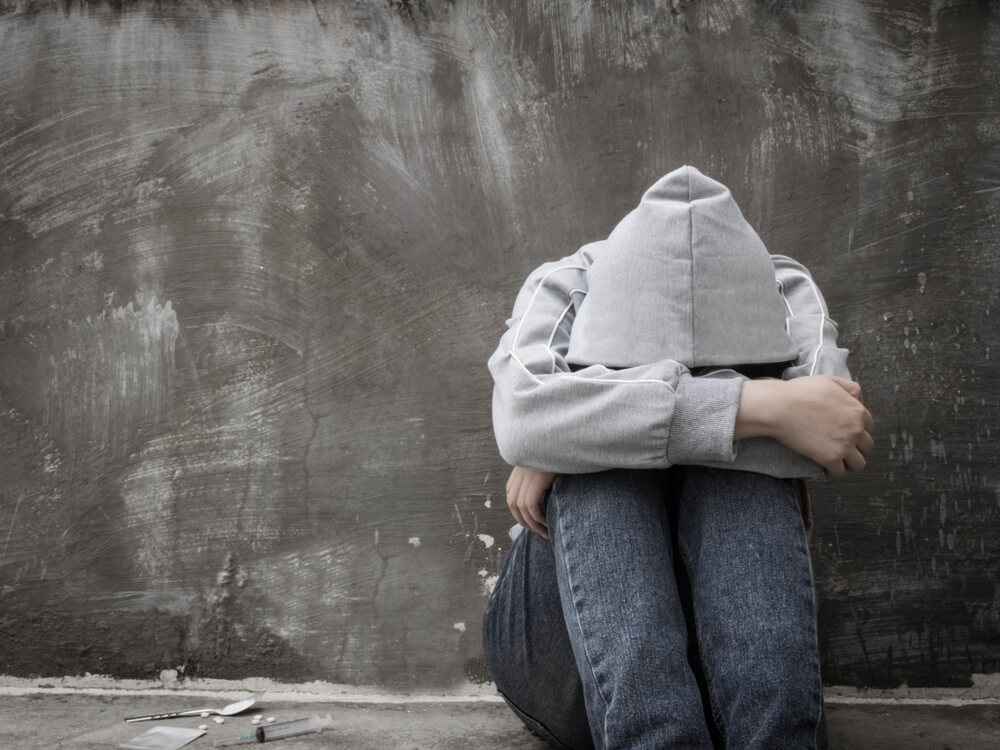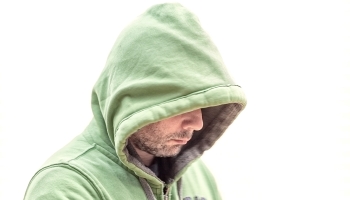Reading Time: 4 minutes
In 2023, 5 million Americans over the age of 12 reported using cocaine in the past year. Additionally, nearly one in five drug overdose deaths that occurred that year were cocaine-related. In fact, in the 20-year span between 2003 and 2023, the rate of fatal cocaine-related overdoses jumped from 1.8 to 8.6 deaths per 100,000 people.
Crack cocaine, a potent and highly addictive derivative of the coca plant, ravages lives across the United States. This form of cocaine creates a vicious cycle. The intense high quickly fades, leading to withdrawal symptoms like chest pain and dilated pupils when users try to stop. This fuels cravings, increasing the risk of relapse and driving some users to abusive relationships with family members as tensions build.
The long-term effects of crack cocaine use disorder are devastating. Beyond the physical toll, crack disrupts the brain’s reward system, making it incredibly difficult to quit. Thankfully, treatment programs exist. Combining behavioral therapies with medical support from healthcare professionals can equip individuals to break free from crack addiction and rebuild their lives.
Crack is a potent form of cocaine that can easily be produced from powder cocaine to be smoked. This form of ingestion causes the crack chemicals to reach the brain much more rapidly and in higher concentrations than the traditional methods of snorting cocaine powder. Understanding the main signs of crack use is the first step toward admitting that you or someone you love has a problem with this substance and needs to seek professional help.

1. Toxic Poisoning
People who use crack endanger themselves with every hit they take by ingesting toxic chemicals that are used in the processed cocaine, as well as those added to make the “crack rocks”. Signs of crack use can include infections, low immunity, breathing problems, organ damage, or fatal poisonings.
2. Overdose
Crack users risk overdose by varying potency levels, combining crack use with other substances, or taking the substance when they have compromised health issues. An overdose can be life-threatening and requires emergency support. In 2023, there were nearly 350,000 cocaine-related emergency department (ED) visits across the country.
3. Bingeing
Signs of crack use may be a cycle of abuse that can go on for days. These binge cycles will consist of multiple “runs” for more crack after supplies become exhausted. The users may only stop when their funds and connections become unavailable or they are too worn out to go on.
4. Crashing

Crack use can make a person withdrawn, paranoid, and hostile.
After using crack for a few hours or days, people may experience a storm of activity within the brain and central nervous system that is essentially the opposite of their “feel good high”. These rebound signs of crack use can cause them to become agitated, withdrawn, or excessively sleepy and lead to severe depression, and suicidal, harmful, or aggressive behaviors.
5. Paranoia
A common sign of crack use is paranoia. People think they are being followed or watched and the fear can become so overwhelming that they make rash decisions, placing themselves or others in harm. Paranoia can lead to panic attacks and other psychoses, which can be physically or psychologically dangerous.
6. Hallucinations
Tactile hallucinations (coke bugs) may lead to picking at the skin, which can lead to bacterial infections and other bodily damage. Auditory hallucinations may be symptoms of paranoia and signs of crack use that precede an overdose.
7. Panic
Panic causes difficulty or erratic breathing, elevated heart rate and blood pressure, and can lead to a stroke, seizure, unconsciousness, respiratory failure, or heart attack.

8. Other Psychosis
Beyond paranoia, hallucinations, and panic, other signs of crack use can be a myriad of unexplainable and irrational behaviors that may resemble schizophrenia, mania, or delusional behaviors. The psychotic behaviors of any psychosis can become potentially dangerous.
9. Physical Impairments
Pulmonary disease, cardiovascular disease, low immunity, infections, burns, kidney or urinary problems, high blood pressure, low oxygen levels, malnutrition, and vitamin deficiencies, brain and central nervous system damages are serious health consequences of crack abuse.
10. Psychological and Behavioral Changes
Functional and structural brain changes can lead to an inability to control thoughts, emotions, or behaviors, which may become unwanted, immoral, or dangerous.
Find Help for Cocaine Addiction
Cocaine addiction can be a damaging and deadly condition. However, treatment is available. Most treatment programs will begin with detox to help individuals eliminate the dangerous substance from their bodies. From there, you may enter into an inpatient or outpatient treatment program. Inpatient services are more intensive and help you recover with round-the-clock medical supervision. If you have a stable home environment or a less severe addiction, then you may benefit from an outpatient program.
Help is here. Find a rehab center near you to take that first step toward freedom from crack cocaine.

